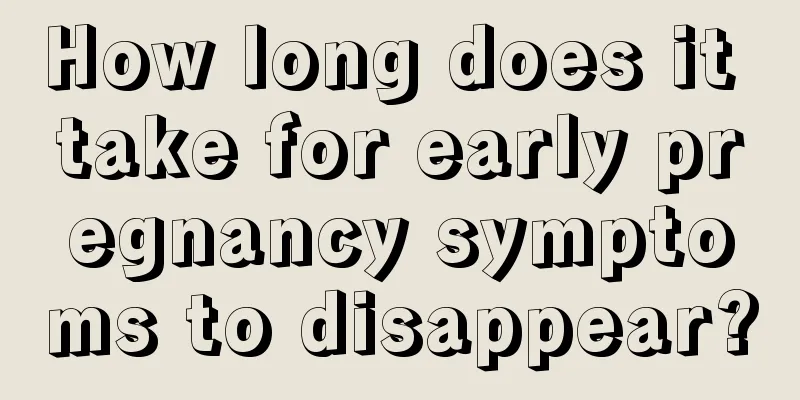What is the normal value of hemoglobin in newborns?

|
Many people know that the hemoglobin value will affect our physical health, but what they don’t know is that the hemoglobin value of a newborn is different from that of an adult. In many cases, what we need to do is to observe carefully. If your child is feeling uncomfortable, you should go to the hospital for examination in time. Under normal circumstances, the red blood cell count of a newborn is 6-7×1012/L, and the hemoglobin count is 170-230g/L. This decreases by about 20% around 10 days after birth. Later, due to rapid growth and development, rapid increase in blood volume, and temporary low bone marrow hematopoietic function, the red blood cell count drops to about 4×1012/L and the hemoglobin count is about 110 g/L at 3-4 months. It then rises slowly and reaches adult levels at around 12 years old, i.e., red blood cell count 4.5-5.5×1012/L, and hemoglobin 120-160 g/L. The normal hemoglobin value varies with age. Anemia is considered when it is less than 145 g/L in the neonatal period, less than 90 g/L at 4 months, less than 100 g/L at 4 to 6 months, less than 110 g/L at 6 months to 6 years, and less than 120 g/L at 6 to 12 years. The parts of the body that are most likely to show anemia are the conjunctiva, lips, and nails. When anemia occurs, the child often appears pale. Parents should pay close attention to observation. The identification of anemia must be combined with a routine blood test. For more complicated anemia, a bone marrow puncture may be required if necessary. Hemoglobin is blood pigment, and the normal level for women is 110-150g/L. Generally, too few red blood cells or low hemoglobin is called anemia. Judging from your values, you are anemic. However, for most women, due to their menstrual cycles, a few slight differences in values do not indicate a big problem. Hemoglobin is the main component of red blood cells. Each hemoglobin molecule is composed of four heme groups and globin, and each heme is composed of four pyrrole rings with an iron atom in the center of the ring. When the iron in hemoglobin is in a divalent state, it can reversibly bind to oxygen (oxyhemoglobin). If the iron is oxidized to a trivalent state, Hemoglobin is converted into methemoglobin and loses its oxygen-carrying capacity. Men: 120-160 g/L; Women: 110-150 g/L; Newborn: 170-200 g/L; Children: 110-160g/L. The above is about the normal value of hemoglobin in newborns. I hope it will be helpful to everyone. In many cases, what we need to do is to observe, observe the child’s health status, and pay attention to the child’s health. This is very good. In our daily life, we should pay good attention to the child’s health and know some medical knowledge. This is very good. |
<<: What is the reason for newborn baby's swollen eyelids
>>: What should I do if my newborn has white spots on his head?
Recommend
Why does my child cough after running?
Cough is one of the most common symptoms of influ...
What is the reason for a four-month-old child to have a fever?
Children are most likely to have a fever, especia...
What should I do if my child has severe picky eating?
What should you do if your child is severely pick...
How to judge your baby's intelligence
As a baby grows, his or her various body function...
What is the normal range of jaundice in premature infants?
Generally speaking, it is normal for newborn babi...
What to do if your one and a half year old baby grinds his teeth while sleeping
Some children often make their teeth chatter afte...
Can an 8-year-old child drink honey?
Honey water not only tastes sweet, but is also ri...
What to do with superficial gastritis in children
Having stomach problems is basically a common phe...
What are the benefits of pediatric foot massage?
It is very popular to give babies foot massage no...
Why does the child's palms become hot?
What should we do if the baby's palms feel ho...
What should I do if my child has dry stool?
We all know that babies' gastrointestinal dev...
What to do if your child has a headache
From birth, a child's bodily functions, inclu...
What to do if your 4-month-old baby is constipated
Every change in the baby after birth is watched b...
One year old baby convulsions
What is going on when a one-year-old baby is havi...
What should I do if my child has buck teeth?
Nowadays, many children have crooked teeth, and s...









